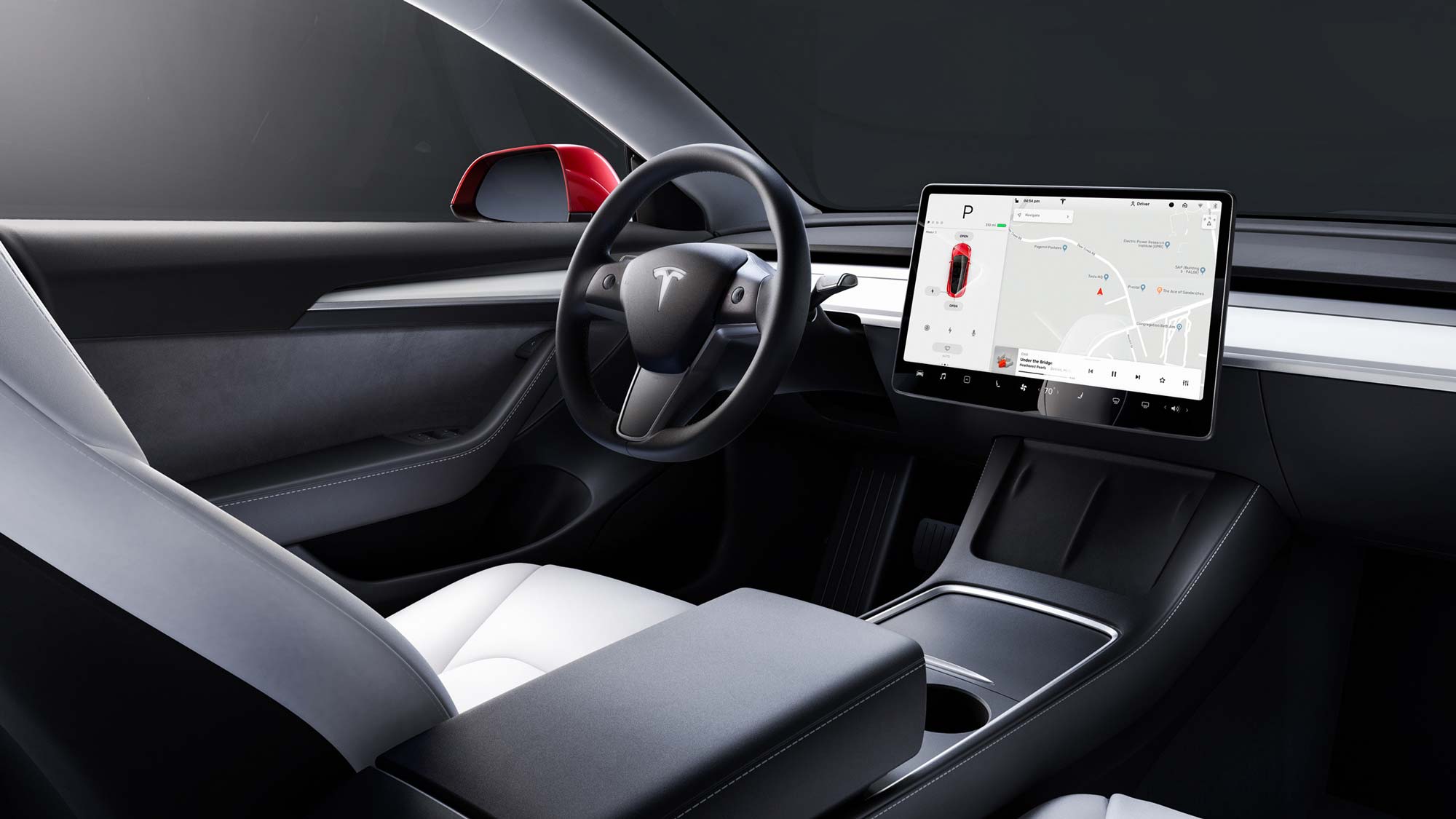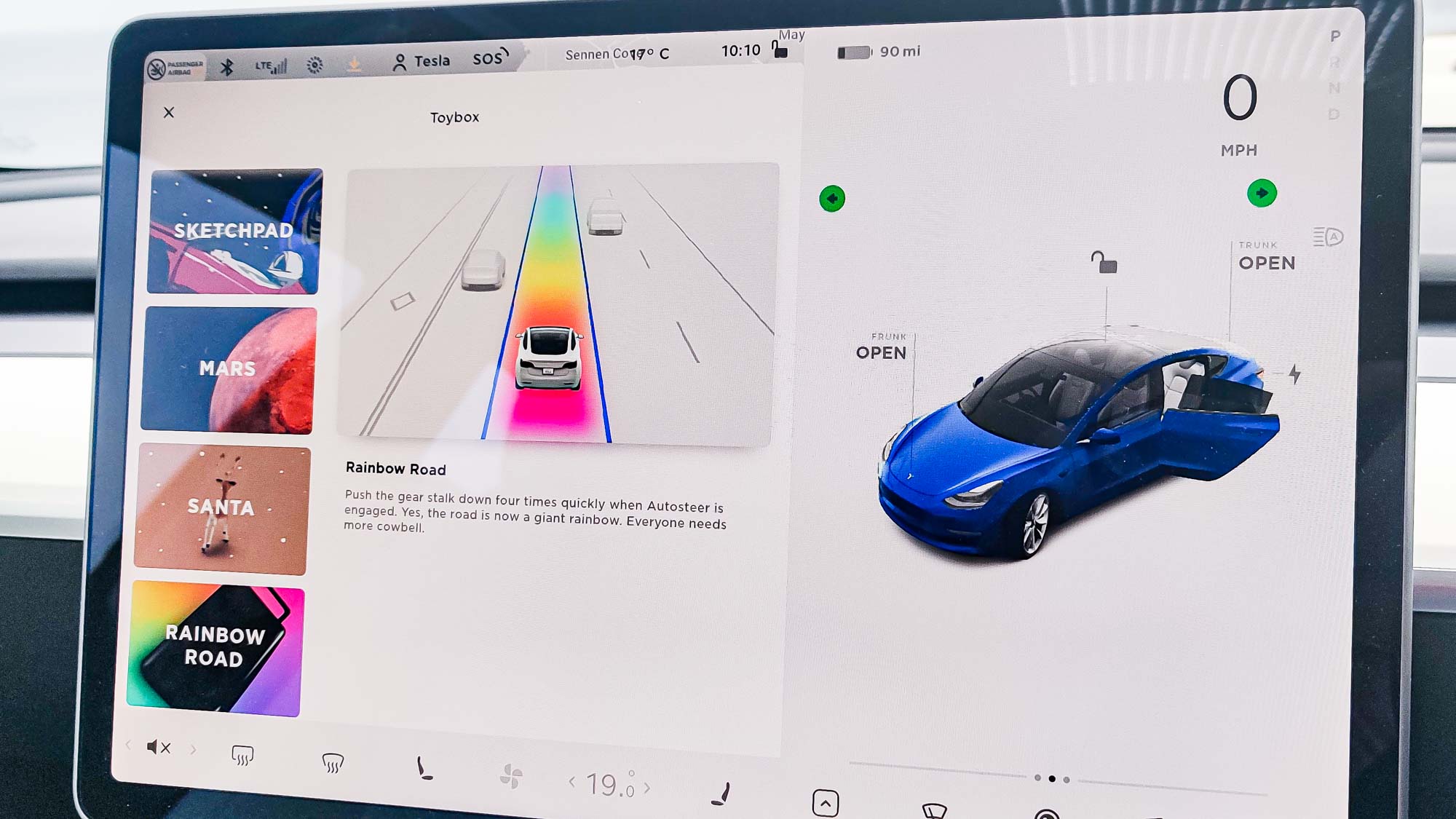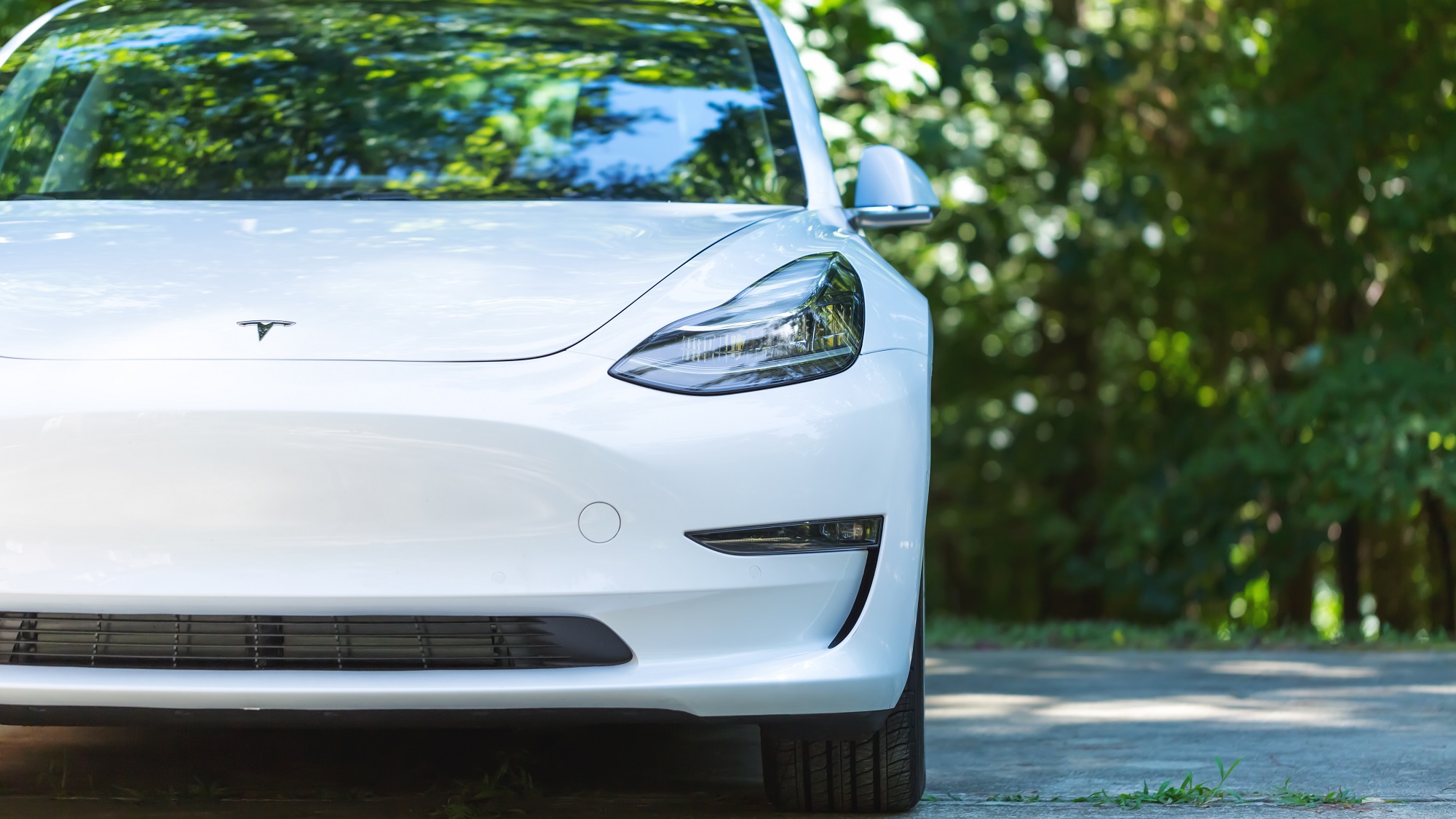Tesla Enhanced Autopilot vs Full Self Driving: which one should you buy?
If you're paying for a better Tesla Autopilot, which option should you take?

Every Tesla you can buy comes with Basic Autopilot as standard. That means you can enjoy the company’s simplest autonomous features without having to pay any more money. But basic also means limited, and Tesla offers two additional tiers of Autopilot — so long as you’re willing to pay for them.
Teslas are also capable of coming with Enhanced Autopilot and Full Self Driving. By parting with several thousand dollars, you can ensure your car can do more things without (much) intervention from the driver. But both tiers do different things and, crucially, cost different amounts. So if you can afford better Autopilot on your Tesla, should you buy Enhanced Autopilot or Full Self Driving?
Enhanced Autopilot vs Full Self Driving: Price
The crucial difference between the two Autopilot tiers is the price. Enhanced Autopilot will set you back $6,000, while Full Self Driving costs $15,000 — two and a half times as much.
Full Self Driving is also available in subscription form. It costs $199 a month for drivers with Basic Autopilot to upgrade to Full Self Driving, or $99 for drivers that already have Enhanced Autopilot. The subscription is a rolling monthly contract, and drivers are able to cancel at any time without penalty.
It’s not currently possible to upgrade to Enhanced Autopilot with a subscription.
Enhanced Autopilot vs Full Self Driving: Basic Autopilot Features

Basic by name, basic by nature, relatively speaking. Basic Autopilot comprises four key features: blind-spot monitoring, emergency braking, adaptive cruise control and lane-keeping assistance. Crucially these features can work at the same time, meaning a Tesla can control steering and acceleration when Autopilot is engaged.
In short, this means Autopilot can keep your Tesla centered within a clear lane and can alter its own speed based on traffic ahead.
Get instant access to breaking news, the hottest reviews, great deals and helpful tips.
Enhanced Autopilot vs Full Self Driving: Enhanced Autopilot Features

Enhanced Autopilot has all the same features as Basic Autopilot, plus a bunch more. The most useful is the Auto Lane Change feature, which allows the car to switch lanes depending on surrounding traffic. That way it can overtake slow cars, and prepare for merges and exits that may be occurring ahead.
That last part ties into Enhanced Autopilot’s ‘Navigate on Autopilot’ feature. Using the Tesla navigation system built into the car, this feature is able to navigate on highways “from on-ramp to off-ramp." In other words you just need to sit back and be ready in case the car does something stupid, which can and does happen from time to time.
Enhanced Autopilot also comes with autonomous parking features as well. Autopark is capable of pulling into parallel and perpendicular parking spaces by itself. This feature will also check for empty parking spaces around you, just in case you’re really struggling to find a spot.
Finally, Smart Summon does the complete opposite. This feature prompts the car to pull out of a parking space, and navigate the parking lot towards you. Which is helpful if you’re parked in a tight space, or straight-up forgot where you left your car.
Enhanced Autopilot vs Full Self Driving: Full Self Driving Features

Despite its name, Tesla’s Full Self-Driving Autopilot does not mean your car is capable of driving itself. It’s something that has got Tesla in legal trouble more than once, notably in Germany and California. CEO Elon Musk has been promising various deadlines for true self driving for a few years now, but so far he hasn’t been able to put his money where his mouth is.
At the time of writing Full Self Driving offers all the same functionality as Basic and Enhanced Autopilot tiers. The only exclusive feature included in the public release of FSD is traffic light and stop sign control. Autosteer on city streets is listed as “coming soon," but is currently only available as part of the Full Self Driving Beta.
Tesla drivers can express their interest to join the FSD beta from their car’s infotainment screen, but the company is picky about who is allowed to take part. The bare essentials include owning a car with Full Self Driving, whether it's permanent or a subscription, and a Tesla Safety Score (visible in the app) of 95 or above. But even then it’s not guaranteed.
Tesla isn’t continually adding beta testers, so you need to be able to wait several weeks or months for the next intake — assuming Tesla even chooses you to take part. You’ll need to maintain your safety score throughout, and Tesla reserves the right to kick you out of the beta if your driving ability deteriorates.
Enhanced Autopilot vs Full Self Driving: Which should you buy?

To put it simply, Full Self Driving is incredibly expensive. $9,000 more than Enhanced Autopilot, as of the last price hike. And for that price you get traffic light and stop sign control, alongside a chance to join Tesla’s FSD beta; not a guarantee, a chance.
In the past, things were different. Until earlier this year Tesla drivers could only choose between Basic Autopilot and Full Self Driving. That made the cost of upgrading a little bit more justifiable, since you actually had something to show for it.
These days, now that Enhanced Autopilot is officially back as an option, you only have the promise of what could be, rather than what is actually available today.
Things could change, especially if Autosteer on City Streets is added to the public version of Full Self Driving. But right now we only have a promise from Elon Musk that it will happen in the near future. I know I wouldn’t want to bet $9,000 on Musk keeping his promises, given his history of doing the exact opposite.
Of course. Full Self Driving is only going to go up in price. Musk himself admitted that, and the cost has already risen in price multiple times since it launched. Originally costing $8,000, the price later rose to $10,000 in 2021, $12,000 in January 2022 and finally $15,000 in September.
By paying for FSD now, you’re essentially locking in the price now and betting that it’ll be worth it in the future. But right now, if you’re asking me, I’d stick with Enhanced Autopilot and save that $9,000 for something else.
Next: How do self-driving cars work? Everything you need to know.

Tom is the Tom's Guide's UK Phones Editor, tackling the latest smartphone news and vocally expressing his opinions about upcoming features or changes. It's long way from his days as editor of Gizmodo UK, when pretty much everything was on the table. He’s usually found trying to squeeze another giant Lego set onto the shelf, draining very large cups of coffee, or complaining about how terrible his Smart TV is.
